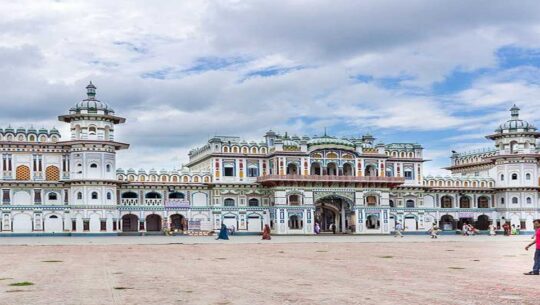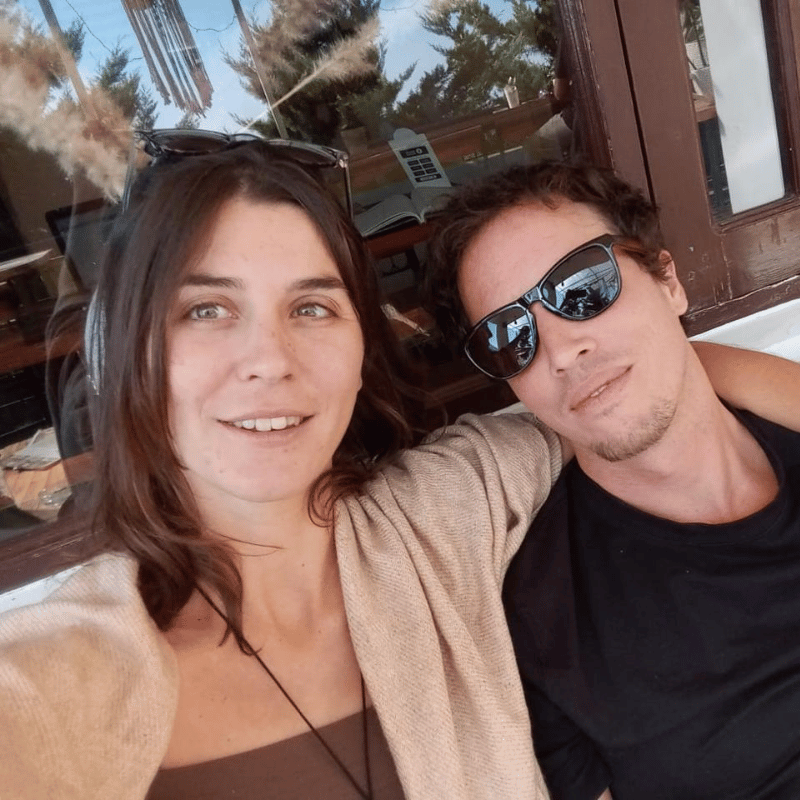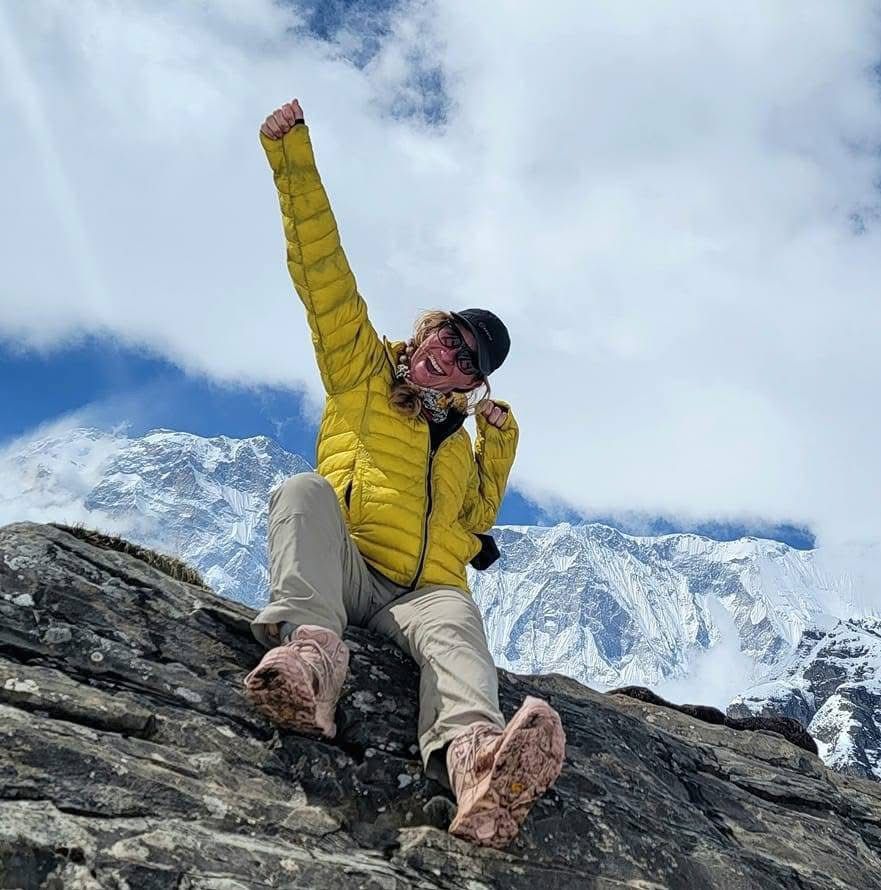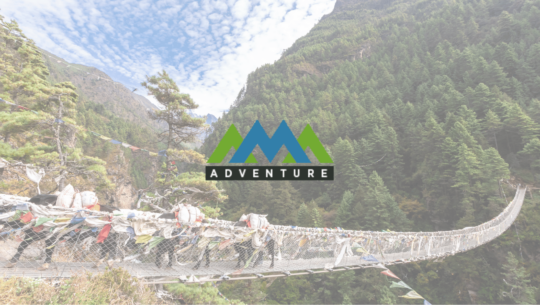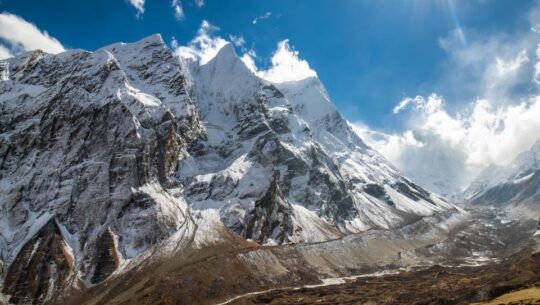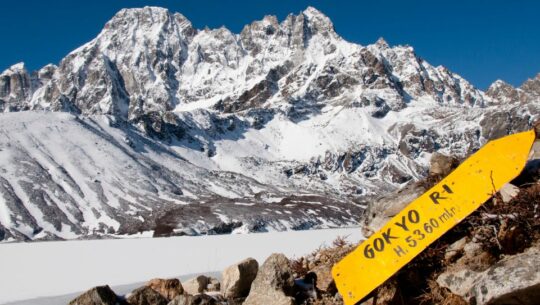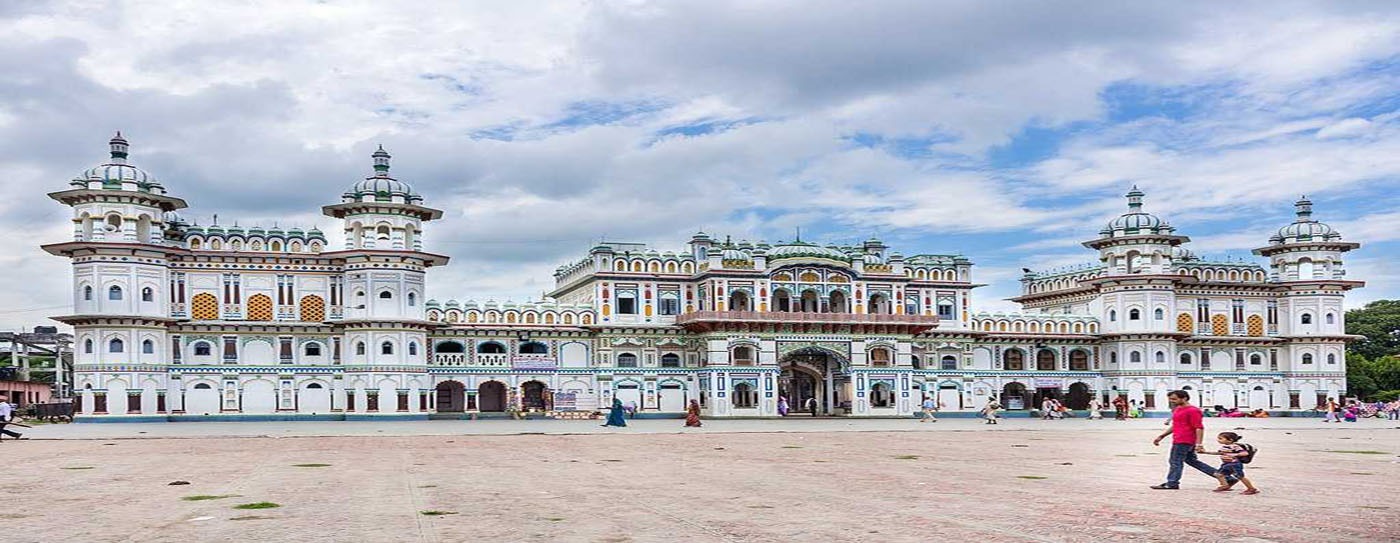
Lumbini Tour
Trip Overview
Lumbini, the birthplace of Lord Buddha, in the Terai plains of Nepal is one of the greatest pilgrimage sites for Buddhists. More than 400,000 Buddhists and non-Buddhists visit Lumbini every year. It is also a UNESCO World Heritage Site (Culture) and holds immense archeological and religious importance.
1. Sacred Garden:
It was here in the gardens of Lumbini that Prince Siddhartha Gautam, who later became the Buddha, was born in 623 BC. The nativity site is marked by a commemorative pillar erected by Mauryan Emperor Ashoka of India during his pilgrimage to the holy site in 249 BC.
The inscription on the Ashoka Pillar indentifies the Sacred Garden – spread over 9 sq. km – as the spot where the Enlightened One was born. A large number of Buddhist pilgrims from all over the world visit Lumbini to pray at the Mayadevi Temple where excavations have revealed the “marker stone” showing the exact spot where Siddhartha Gautam Buddha was born. The sacred Puskarni Pond where Queen Mayadevi had taken a bath before the birth of Buddha lies to the south of the pillar. It was also in this pond that the infant Buddha was given his first bath.
2. Monuments:
To the north of the Sacred Garden are monastic zones where different countries have built temples and monasteries depicting different sects of Buddhism. The Myanmar Temple (Lokamani Cula Pagoda) is a shiny gold and white structure that resembles the Shwe-dagon Pagoda of Yangon while the International Gautami Nuns Temple is a replica of the Swayambhu Stupa of Kathmandu.
The China Temple, built by the Buddhist Association of China, is a complex of pagodas, prayer rooms and meditation cells. Across the road is the Dae Sung Suk Ga Sa Korean Temple. The Japan Peace Stupa, built by Nippon Jon Kyohoji of Japan, is a 41-m tall structure with four different Buddha statues set into the stupa’s dome facing the four cardina
Gallery
Information
Further Tours Lumbini -Buddhist Circuit Tour
The circuit provides insight into the life of Lord Buddha and the development of Buddhism. There are 62 archaeological sites scattered around Lumbini. The tour goes through Tilaurakot, Kudan, Gothihawa, Niglihawa, Sagarhawa, Aurorakot, Devadaha and Ramagrama – all bearing significance to the life and enlightenment of the Buddha.
Tilaurakot:
Identified by archaeologists as the capital of Kapilvastu, Tilaurakot lies 27 km west of Lumbini, where excavations are on to unearth the ancient palace of King Suddhodhan, Siddhartha Gautam’s father. The Buddha is believed to have spent the first 29 years of his princely life in Tilaurakot.
Kudan:
Located some 4.5 km south of Tilaurakot, Kudan is where King Suddhodhan met Lord Buddha for the first time after returning from his enlightenment. It was here that the Kasaya (yellow robe worn by monks) was presented to Lord Buddha. It was also here that the Kasaya was presented by Lord Buddha to Rahul, his son.
Gothihawa:
About 5 km from Tilaurakot, Gothihawa is where Krakuchanda Buddha, who preceded Shakyamuni Buddha, was born. Remains of a broken Ashoka Pillar and relics can be seen here.
Niglihawa:
About 8 km from Tilaurakot, Niglihawa is where Kanakmani Buddha was born. Here too one can see remains of a broken Ashokan Pillar.
Devdaha:
The capital of the Koliya kingdom and maternal home of Mayadevi, Devdaha is 35 km to the northeast of Lumbini. This is where Siddhartha Gautam spent his childhood.
Sagarhawa:
Forest site is identified by archeologists as the “Palace of the Massacre of the Shakyas” by the invading forces. The ruins of the ancient site lie on the west and south banks of a large rectangular pond known locally as Lumbu Sagar, or long pond, in Niglihawa village. Sagarahawa is 12 km north of Taulihawa municipality in Lumbini.
Lumbini Village Tour:
A walk through the villages surrounding Lumbini and interaction with the warm and hospitable local people, buying their handicrafts and observing their traditional rituals will bring one closer to understanding the diversity of the Terai cultures in Nepal. Village tours also give an opportunity to observe the Terai landscape and a peek into the locals’ agro-based rural lifestyle, colorful costumes, festivals which they celebrate with much joy and enthusiasm, and gracious hospitality. Visitors can also visit the local temples and mosques or partake in the cultural ceremonies.
Wetland areas, lakes and ponds in the villages offer birdwatching opportunities. Visitors have the option of choosing to walk through the villages or ride in a local rickshaw or bullock cart. Some of the villages surrounding Lumbini are Ekala, Khudabagar, Tenuhawa, Lumbini Adarsh and Madhuvani. More information is available about the villages in the New Products section.
Museums
Lumbini Museum:
The museum located in the cultural zone within the Lumbini Development Trust campus, contains Mauryan and Kushana coins, religious manuscripts, terra-cotta pieces, and stone and metal sculptures.
Lumbini International Research Institute (LIRI):
The museum located opposite the Lumbini Museum, provides research facilities for the study of Buddhism and religion in general. It contains some 12,000 books on religion, philosophy, art and architecture. Kapilvastu Museum:The museum is situated 27 km west of Lumbini in the village of Tilaurakot. The museum displays coins and pottery dating between 7th century BC and 4th century AD.
Climate :-
Lumbini lies in the south western part of Nepal. The weather conditions here are more tropical with hot summers and mild winters.
Access / Accommodation :-
Lumbini is 22 km from the border town of Bhairahawa, which is connected by air to Kathmandu. One can also travel 300 km, or eight hours, by bus or car from Kathmandu. There are several good hotels and lodges with modern amenities in Lumbini. Visitors can also stay in nearby Bhairahawa.
Dates & Prices
We ensure departures on all published dates. If these dates don’t align with your plans, we’re happy to assist in setting a customized date. Whether you’re a solo traveler, a couple, a family, or a group seeking private trips, you can tailor-make your adventure. Reach out to us for pricing details or any other queries.
Group Discount Prices
Traveler Reviews


